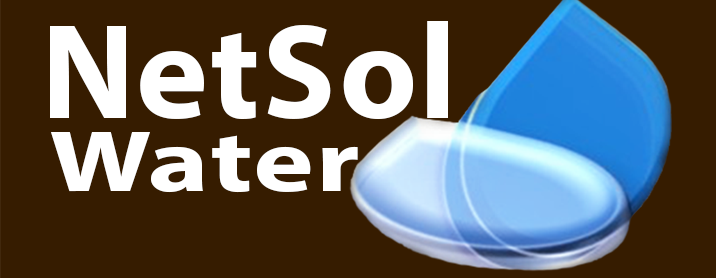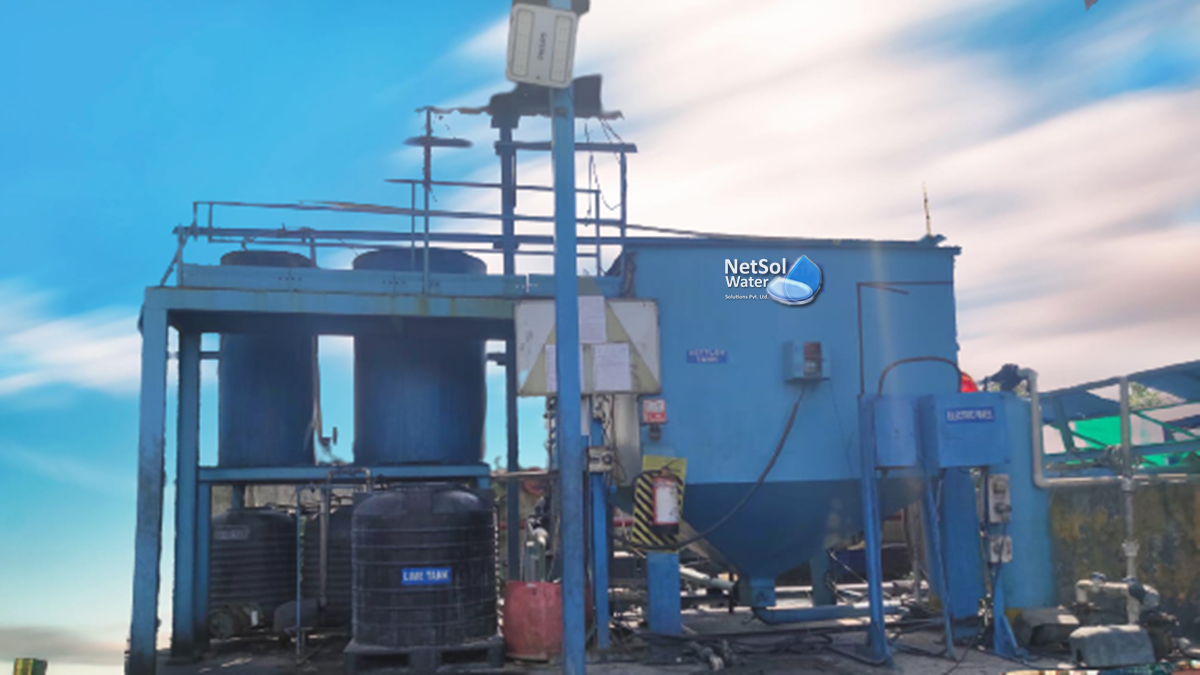Human activities generate an incredible volume of sewage and wastewater that need treatment before discharge into waterways. Often this wastewater contains excessive amounts of nitrogen, phosphorus, and metal compounds, also as organic pollutants that might overwhelm waterways with an unreasonable burden. Wastewater also contains chemical wastes that aren’t biodegradable, also as pathogenic microorganisms which will cause communicable disease .
The chemical and biological waste in sewage and water must be weakened before it’s deposited to the soil and environment. This breakdown can effectively be controlled by managing the microbial population in waters and inspiring microorganisms to digest the organic matter. The water must then be purified before it’s considered fit drink. Water taken from ground sources must even be treated before consumption.
Water purification
To purify water for drinking, variety of processes are conducted to scale back the microbial population and maintain that population at a secure level. First, the solid matter is allowed to settle call at a sedimentation tank. Flocculating materials like alum are wont to drag microorganisms to rock bottom of the tank.
Then the filtration process is begun. Water is filtered invovels by either a rapid sand filter or a slow sand filter. These processes remove 99 percent of the microorganisms. The slow sand filter consists of finer grains of sand, and therefore the filtration process takes longer than within the rapid sand filter, where larger grains are used.
Many communities then purify the water by chlorination. When added to water, chlorine maintains the low microbial count and ensures that the water remains safe for drinking purposes. Chlorine gas or hypochlorite (NaOCl) is employed for chlorination purposes. The water is chlorinated until a small residue of chlorine remains.
Sewage treatment Plant
Sewage treatment plant involves a more complex set of procedures than are needed for water purification because the quantity of organic matter and therefore the sort of microorganisms are much greater.
The first treatment, or primary treatment, of sewage and wastewater involves the removal in settling tanks of particulate like plant waste. The solids that sediment are strained off, and therefore the sludge is collected to be burned or buried in landfills. Alternatively, it are often treated in an anaerobic sludge‐digesting tank, as follows.
During the secondary treatment of wastewater and sewage, the microbial population of liquid and sludge waste is reduced. within the anaerobic sludge digester, microorganisms break down the organic matter of proteins, lipids, and cellulose into smaller substances for metabolism by other organisms. Results of those breakdowns include organic acids, alcohols, and straightforward compounds. Methane gas is produced within the sludge tank, and it are often burned as a fuel to work the waste treatment facility. The remaining sludge is incinerated or buried during a landfill, and its fluid is recycled and purified (Figure ).
In aerobic secondary sewage treatment, the fluid waste is aerated then skilled a trickling filter. during this process, the liquid waste is sprayed over a bed of crushed rocks, tree bark, or other filtering material. Colonies of bacteria, fungi, and protozoa grow within the bed and act as secondary filters to get rid of organic materials. The microorganisms metabolize organic compounds and convert them to CO2 , sulfate, phosphates, nitrates, and other ions. the fabric that comes through the filter has been 99 percent cleansed of microorganisms.
Liquid waste also can be treated in an activated digester after it’s been vigorously aerated. Slime‐forming bacteria form masses that trap other microorganisms to get rid of them from the water. Treatment for several hours reduces the microbial population significantly, and therefore the clear fluid is removed for purification. The sludge is placed during a landfill or stumped .
In the tertiary treatment of sewage, the fluid from the secondary treatment process is cleansed of phosphate and nitrate ions which may cause pollution. The ions are precipitated as solids, often by combining them with calcium or iron, and therefore the ammonia is released by oxidizing it to nitrate within the nitrification process. Adsorption to activated carbon removes many organic compounds like polychlorinated biphenyls (PCBs), a chemical pollutant.
The home septic system may be a waste treatment facility on alittle scale. during a tank , household sewage is digested by anaerobic bacteria, and solids settle to rock bottom of the tank. Solid waste is administered of the outflow apparatus into the septic field beneath the bottom . The water seeps out through holes in tiles and enters the soil, where bacteria complete the breakdown processes. an identical process occurs in cesspools, except that sludge enters rock bottom at the bottom of the pool and liquids effuse through the edges of the pool.
A view of the methods utilized in sewage treatment during a large municipality. Primary treatment is represented by the steps preceding secondary treatment, and tertiary treatment is performed within the chlorination tank at the conclusion of the method .
The standard plate count procedure. A 1‐mL water sample is diluted in solution , and various amounts are placed with nutrient medium into Petri dishes to encourage bacterial colonies to make . The colony count is multiplied by the dilution factor to yield the entire plate count.

